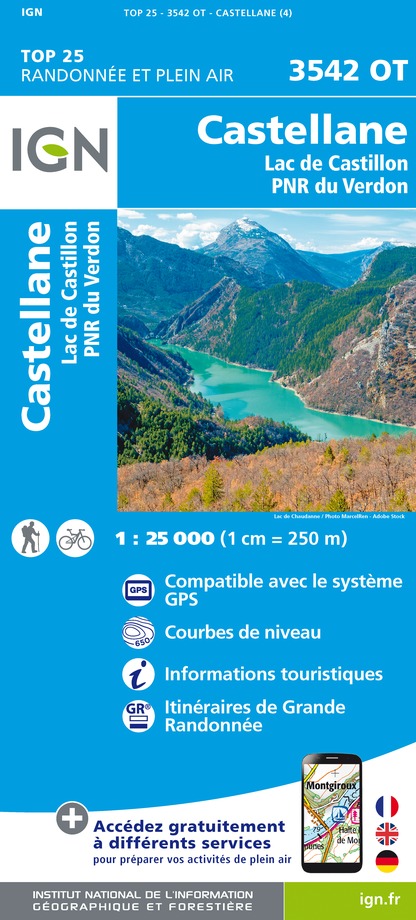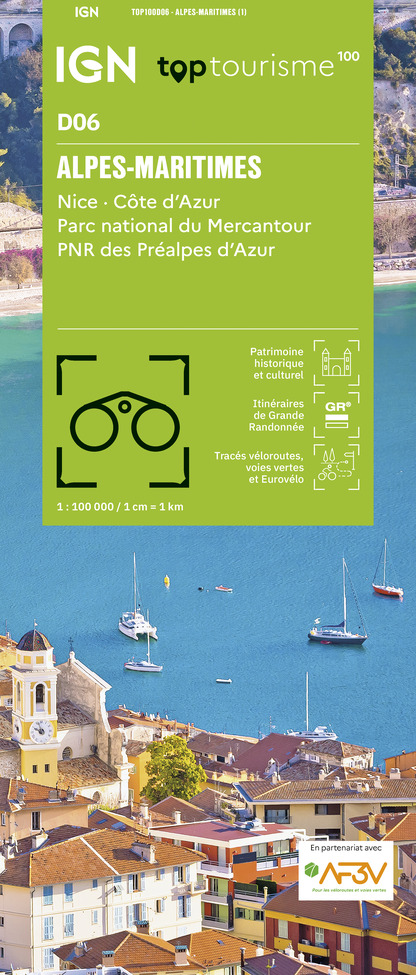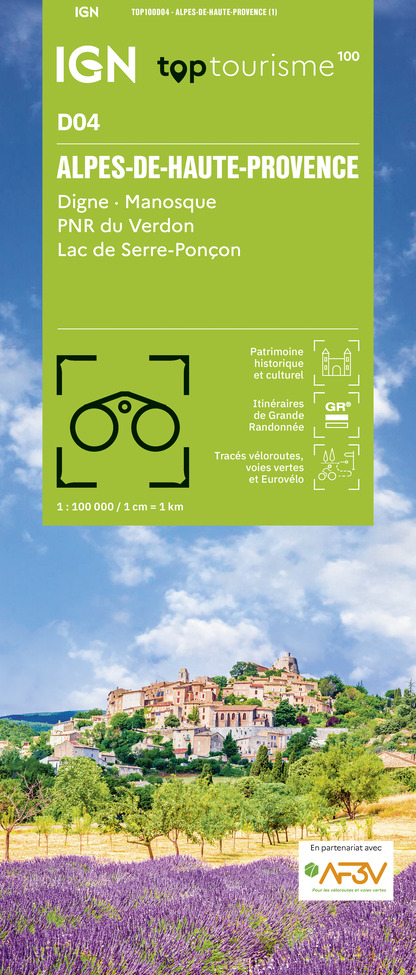Alert
Alerts
Agricultural terraces
Description
From the 13th century, the city of Petra Castellana was gradually deserted following an attack by the Count of Provence in 1262, but also because people would rather live in the village bellow which was more convenient
However the whole site was then used for agriculture until the middle of the 20th century. As the city had been built on a system of terraces, it was facing south and there were lots of available stones, it proved easy to turn the site into farming lands.
If you look at the landscape, you can see these terraces. They are a series of successively receding flat surfaces that we call ‘restanques’ in Provence. They were supported by dry-stone terrace walls (no mortar) and they were evenly organised. There were facilities such as access ramps. We can still see the remains of several cabins down below, as well as many ‘clapiers’*. Each year, stones were removed and gathered to make ploughing and farming easier. Grapes were probably grown, as well as fruit trees and maybe pulses (lentils, chickpeas…). Sheep and goats also grazed on these lands.
* A ‘clapas’ (or ‘clapier’ in Provence) is a long pile made of stones that were removed from a piece of land about to be turned into a farming land.
Technical Information
Altimetric profile
Additional information
Price(s)
Free access.
Updated by
Castellane Tourisme - 22/06/2025
www.castellane-verdon.com
Report a problem
Contact
Phone : 04 92 83 60 07
Email : accueil@mairie-castellane.fr
Website : www.mairie-castellane.fr
IGN cards












